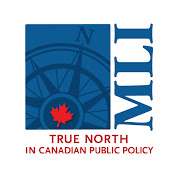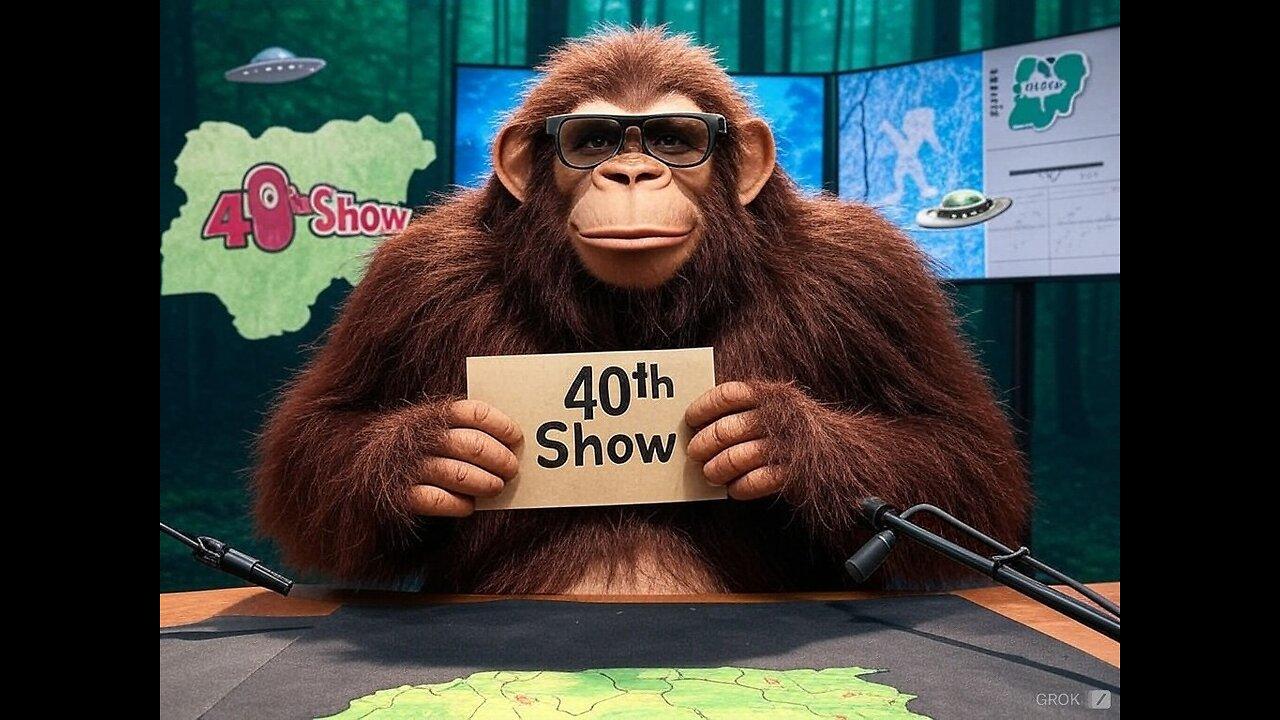In the Arctic, 85 percent of areas affected by artificial light at night (ALAN) are because of industrial activities, not urban development, indicating the rapid increase of these destructive undertakings in the region.
Human activity affected more than 800,000 square kilometers in the Arctic in 2013, a press release from the University of Zurich (UZH) said.
According to the UZH-led international team of researchers, the results of the study are important for nature conservation and sustainable development in the highly vulnerable region.
“More than 800,000 km2 were affected by light pollution, corresponding to 5.1% of the 16.4 million km2 analyzed, with an annual increase of 4.8%,” said Gabriela Schaepman-Strub of the Department of Evolutionary Biology and Environmental Studies at UZH, in the press release.
Climate change is affecting the Arctic more than the rest of the planet. Since 1979, the average temperaturehas increased by approximately three degrees Celsius — nearly four times more rapidly than the global …










![Bold Brand Identity, Breakthrough Products, and a Mission to Build Creator Commerce [Video]](https://marketingprohub.com/wp-content/uploads/2024/10/mp_710045_0_2121LogoLogoKajabijpg-scaled.jpg)
![Tennessee LB Kennan Pili out for the season after ACL tear [Video]](https://marketingprohub.com/wp-content/uploads/2024/10/mp_710057_0_c2325727e73f4083945ae33da3dcb10b1140x641jpg.jpg)
![NASA Sets Coverage for its SpaceX Crew-9 Dragon Station Relocation | PR Newswire [Video]](https://marketingprohub.com/wp-content/uploads/2024/10/mp_730793_0_67212d7c4905fimagejpg.jpg)

